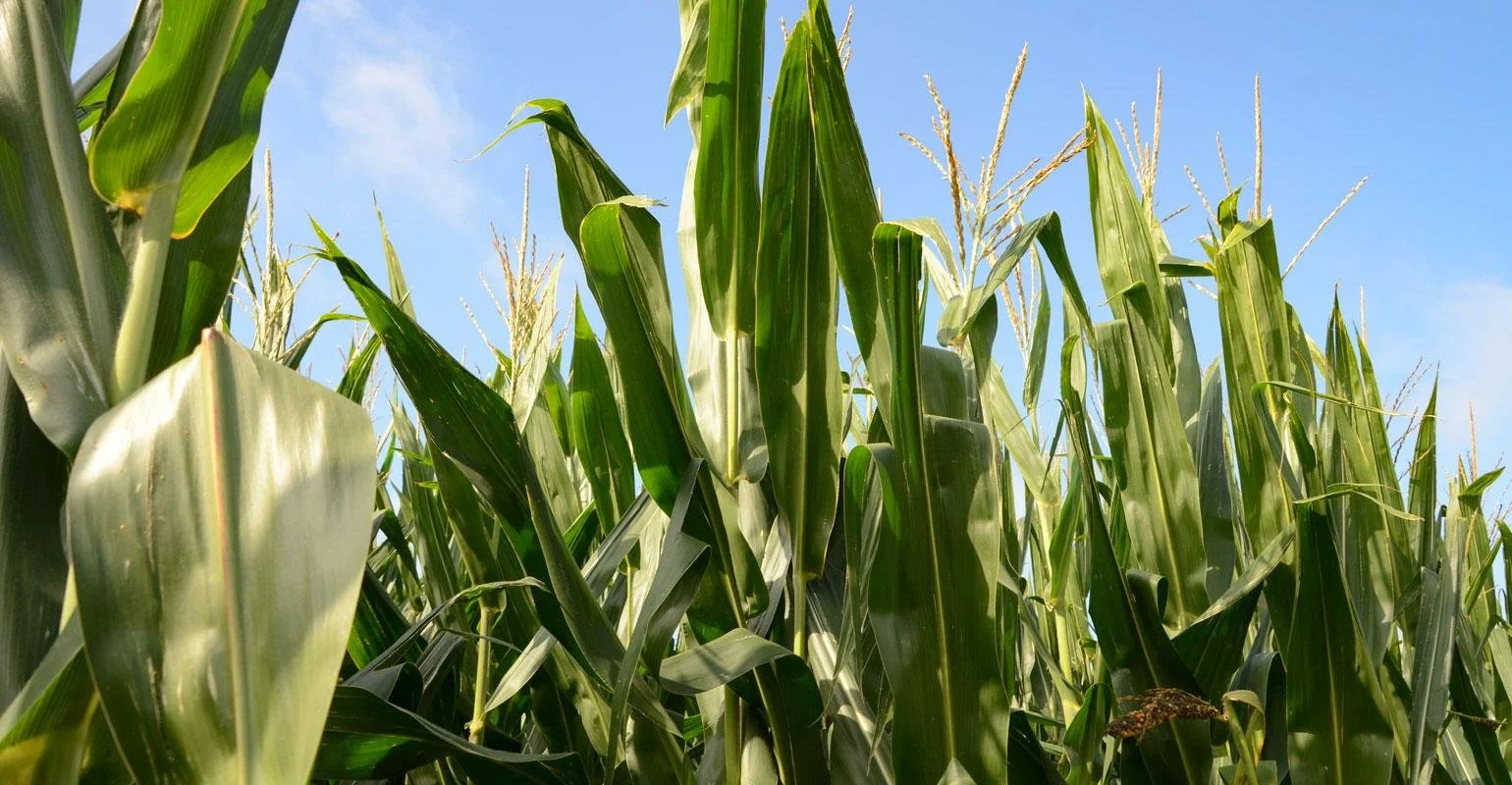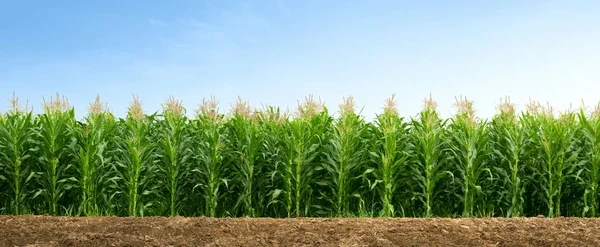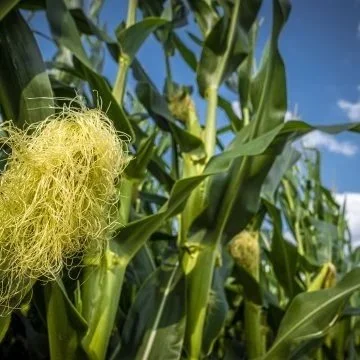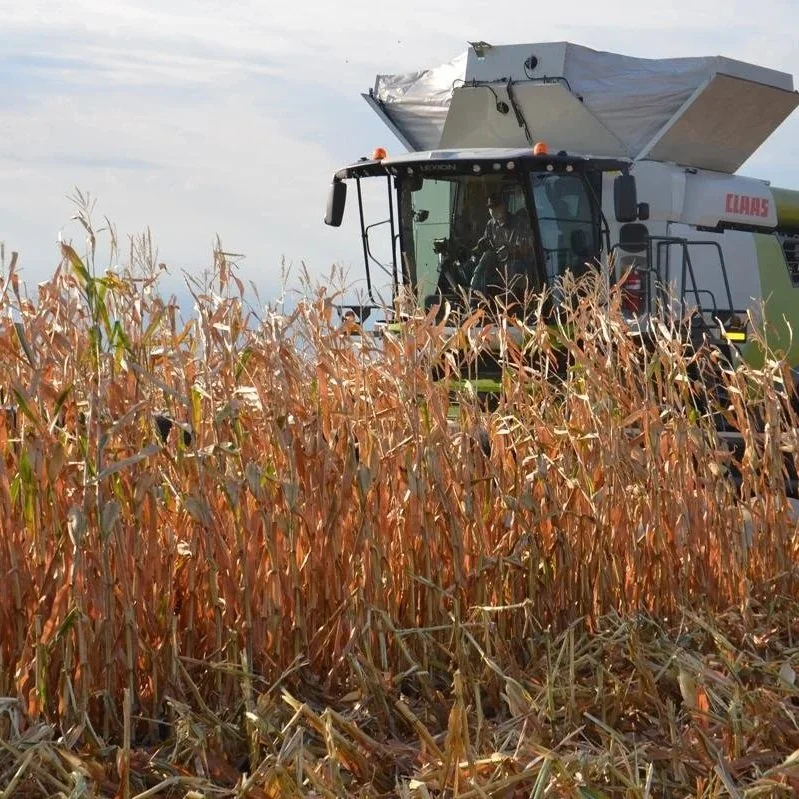Corn hybrid performance is annually evaluated in official hybrid trials (OHTs) by LSU AgCenter researchers to provide Louisiana farmers, seedsmen, county agents and consultants with unbiased performance data for commercial corn hybrids submitted for evaluation by private companies. Selection of superior hybrids that are well adapted for a given region is essential for maximizing yield and profit.
Read MoreCorn acreage increased while cotton and soybean acres declined.
In Louisiana, corn acres increased by 330,000 acres (+75%) from 2024 to 2025. Most producers favored corn over cotton (and, to a lesser extent, soybeans) due to grain price competitiveness. Overall, yields were near the previous four-year average of 176 bushels per acre.
Read MoreRow-crop producers across the South faced another difficult year in 2025. Weather challenges led to wide yield variability across much of the region. Even where yields were strong, low commodity prices and persistently high input costs kept margins tight, leaving many operations near or below breakeven for a third straight year. Shifts in acreage were common, with corn gaining ground at the expense of cotton and, in some areas, soybeans.
Read MoreU.S. corn export inspections continue to move out at a solid pace. The USDA says corn inspections during the week ending November 27th topped a year ago by a substantial margin, reflecting the strong global demand for U.S. corn as the pace is nearly double this time last year. Wheat inspections were up on the year, also reflecting good global demand despite rising supplies and competitive prices from other exporters. China did show up in the weekly inspections update, taking in a small amount of U.S. sorghum, with recently purchased U.S. soybeans remaining unshipped.
Read MoreFollowing six missed reports, the USDA has released the first Crop Progress report since the government shutdown ended. Here’s a look at corn, soybean, and wheat crop progress for the week ending Nov. 16.
Read MoreSoybean futures tumbled from 17-month highs and corn futures also dropped sharply after USDA crop production and yield numbers, the agency’s first updates in over two months, failed to live up to bullish expectations built into the market during recent rallies.
Read MoreWillis Nelson, a third-generation farmer in eastern Louisiana, was hoping to avoid the worst.
The 38-year-old farms 4,000 acres in Sondheimer with his brothers and father. They grow row crops such as corn, cotton, and soybean, which are the leading U.S. agricultural exports that are sold to a global market.
Read MoreOld crop corn stocks on hand as of Sept. 1, 2025, totaled 1.53 billion bushels, down 13% from Sept. 1, 2024, according to the U.S. Department of Agriculture’s National Agricultural Statistics Service (NASS) Grain Stocks report released today. Old crop soybeans stored in all positions were down 8% from Sept. 1, 2024, and all wheat stocks were up 6% from a year earlier.
Read MoreAccording to USDA, as of last Sunday, 96 percent of the Louisiana soybean crop was coloring, 93 percent dropping leaves, 88 percent mature and 78 percent has now been harvested. The bean crop is reported at two percent excellent, 20 percent fair and 78 percent good.
Read MoreCorn production is up, while soybean and cotton production is down from 2024, according to the Crop Production report issued by USDA’s National Agricultural Statistics Service (NASS). Corn production is up 13% from last year, forecast at 16.8 billion bushels; soybean growers are expected to decrease their production 2% from 2024, forecast at 4.30 billion bushels; cotton production is down 8% from 2024 at 13.2 million 480-pound bales.
Read MoreThis month’s 2025/26 U.S. corn outlook indicates greater supplies, larger exports, and a slight reduction in ending stocks. Projected beginning stocks for 2025/26 are 20 million bushels higher based on a lower use forecast for 2024/25, with reductions in imports and corn used for ethanol partially offset by an increase in exports. Corn production for 2025/26 is forecast at 16.8 billion bushels, up 72 million from last month as a 2.1-bushel reduction in yield to 186.7 bushels per acre is more than offset by a 1.3 million acre increase in harvested area to 90.0 million acres.
Read MoreThe USDA reported the most recent condition ratings for corn and soybeans earlier this week. There are clear “winners” — states with the highest rated crops — and “losers” — states with the lowest rated crops.
Read more about which states came out on top, and which are trending the wrong way just before harvest.
Read MoreIn August, the U.S. Grains & BioProducts Council (USGBC) welcomed a team of 11 Mexican grain importers to New Orleans to offer a better understanding of U.S. grain export procedures, regulatory frameworks, logistics and operations in maritime shipping
Read MoreThis report projects corn, soybeans, wheat, and rice futures prices for the United States for the third quarter (Q3) of 2025. Our analysis utilizes historical data on both cash prices (the price for immediate delivery) and futures prices (the price agreed upon for delivery at a future date).
We aggregate the daily futures prices into quarterly averages to simplify our analysis. Using this dataset, we train several machine learning models to predict futures prices for all four commodities.
Read MoreThe National Corn Growers Association (NCGA) is concerned about the tough financial reality facing many farmers today. While NCGA maintains a persistent focus on driving additional sources of demand for U.S. corn in effort to improve the outlook, it is also analyzing input costs that remain near record highs. This is Part 2 of a three-part series highlighting the financial challenges facing corn farmers and a deeper look at the cost of growing corn.
Read More













